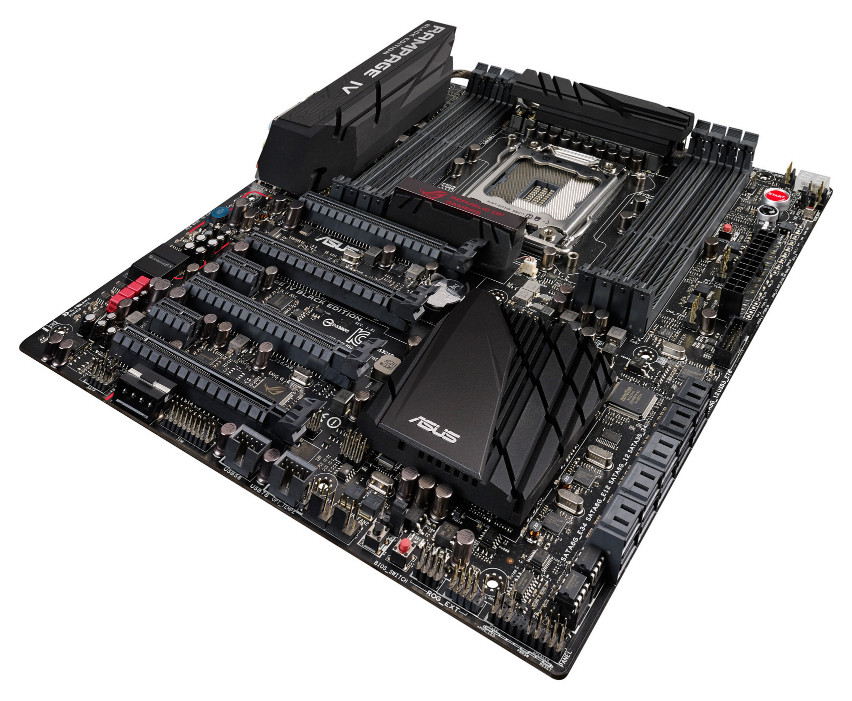

This Extreme Edition CPU costs a whopping $1000 and boast a 130W TDP. The flagship Intel Ivy Bridge-E CPU is the Core i7-4960X packed with 6 cores and 12 threads and would feature a core clock of 3.6 GHz base and 4.0 GHz Turbo boost with 15 MB of 元 cache.

The Core i7-4820 is a quad core processor, the other two are six-core processors. Each will have different clock frequencies and a slightly changed 元 cache. In this first wave of Ivy Bridge-E processors Intel is going to release three Ivy Bridge-E class SKUs, namely the Core i7-4960X, the Core i7-4930K, and the Core i7-4820. No biggy as we expect you to use a dedicated GPU anyways, but for the transcoding freaks that are dependant on QuickSync as a feature, you might need to reconsider this processor purchase.Ībove you can see the naked die of Ivy Bridge-E. Both Ivy- and Sandy Bridge-E do not have an on-die graphics processor built into the architecture. There's also something else missing, though we doubt a little that you'd miss it in this enthusiast grade segment. There is one exception to the rule, one Core i7 Sandy Bridge-E CPU will remain a quad-core processor, not six cores. The Ivy Bridge-E die, 1.86 Billion transistors measuring 15 x17.1mm (257 mm 2) Compared to the regular mainstream Sandy Bridge (and Ivy Bridge) processors add two more cores, a slightly increased 元 cache and add a pinch of quad-channel memory. Simply put, you take all the good ingredients from Sandy Bridge-E and place it on a smaller die. Ivy Bridge-E, it's the all updated 22nm K+ metal gate core technology "enhanced" slash "enthusiast" version of what pretty much is similar to the Sandy Bridge-E architecture, you'll see few new features added and even some others stripped away. A quick recap on the 6-core Core i7-4960X processor used in this review for the motherboard.


 0 kommentar(er)
0 kommentar(er)
